 It’s hard to believe that anyone interested in suspense, fantasy fiction, film, or television would be unfamiliar with the name Richard Matheson.
It’s hard to believe that anyone interested in suspense, fantasy fiction, film, or television would be unfamiliar with the name Richard Matheson.
Photo: Harry O. Morris
He was one of the select group of writers who helped Rod Serling create The Twilight Zone and was responsible for one of the series’ most fondly recalled 1963 episodes, “Nightmare at 20,000 Feet,” in which a wing-walking gremlin taunts airline passenger William Shatner to distraction. His television movie script Duel, in which a hapless motorist engages in a battle for survival with the never-seen driver of a giant semi, launched Steven Spielberg’s directorial career. His teleplays for The Night Stalker and The Night Strangler were turned into two of the medium’s most popular movies and prompted the cult TV show Kolchak: The Night Stalker series.
Matheson’s long list of screenplays include those penned for Roger Corman’s Poe-inspired films, both the creepy ones (House of Usher, Pit and the Pendulum, Tales of Terror), and the comedic (The Comedy of Terrors and The Raven).
The prolific writer is also responsible for I Am Legend, the seminal science fiction novel about the last human in a world of vampires that has spawned numerous films—official adaptations like The Last Man on Earth, Omega Man, and a new version starring Will Smith, and “homages” like Night of the Living Dead. His Shrinking Man has been filmed several times, too, including one version that starred Lily Tomlin and another, currently being prepped by Keenan Ivory Wayans.
Matheson, born 80 years ago in Allendale, New Jersey, has worked in a variety of other genres, including westerns (Journal of the Gun), horror (Hell House), suspense (Ride the Nightmare), metaphysics (What Dreams May Come?) and even a war novel (The Beardless Warriors) based in part on his experiences in World War II.
He has won Edgar, Hugo, Golden Spur and Bram Stoker Awards. Stephen King cites Matheson as his biggest literary influence. Ray Bradbury calls him “one of the most important writers of the 20th century.”
I met with the author several months ago in his home in Southern California, on the occasion of the publication of his latest novel, Women, an apocalyptic fantasy about what happens when the war between the sexes enters The Twilight Zone.
 Dick Lochte for Mystery Scene: Why did you choose the writing profession?
Dick Lochte for Mystery Scene: Why did you choose the writing profession?
Matheson: I think creative people are born that way. Depending on the circumstances, I could have gone in any direction. I wrote music when I was in college, the Missouri School of Journalism. If I had come from a family of composers, I undoubtedly would’ve been a composer. If they had been painters, I would’ve been a painter. Since the Depression was on, the family couldn’t afford anything elaborate. What I had to work with was a pad and a pencil.
William Shatner in the the famous “Nightmare at 20,000
Feet” episode of The Twilight Zone. Photo courtesy CBS.
When did you sell your first short story?
“Born of Man and Woman” appeared in The Magazine of Fantasy and Science Fiction in 1950, the year after I graduated. It was odd enough and different enough to call attention to me and I got an agent through it. Then it was just a matter of putting out the material.
Was that what brought you to the West Coast?
Not exactly. I had what they used to call trench foot. Frostbitten feet. That gave me an excuse to leave the cold climate for California. I was always fascinated by movies, and I think that was an ulterior motive for coming out here.
How did you break into screenwriting?
I didn’t push it. I figured it would be easier if I had something they wanted. That turned out to be my novel Shrinking Man. It has been erroneously stated in some articles that the film came first. That’s not true. I sold the novel with the stipulation that I write the script. They made changes, of course. Not for the better. I wanted to move right away into the main story and use flashbacks. They changed that and the first part of the movie is a little dull.
I’ve heard they’re remaking it.
With Eddie Murphy, I believe. I suppose it’ll be similar to the version they made with Lily Tomlin. I didn’t object to the fact that they turned that one into a comedy. I just didn’t think it was very funny.
You became one of The Twilight Zone’s most frequent contributors.
I think the first call I went on when I started writing for TV was to watch the Twilight Zone pilot. After that, I’d come in, pitch ideas and they’d send me off to write them. When CBS did a history of television and, naturally, brought up The Twilight Zone, the sample of it they used was the one with Bill Shatner on the airplane.
That’s the one everybody remembers. How did you think of the idea?
No surprise, I was on an airplane. I looked out of the window and saw clouds like snow and started to wonder: what if I saw a guy skiing there. That wasn’t very scary. So I had to make the image a little grimmer.
They remade it for the movie version.
Yeah. George Miller, the director of that segment, has done some terrific movies (Mad Max, etc.). In my story, Bill Shatner had had a nervous breakdown and he was afraid that it was recurring. In the movie, John Lithgow was simply afraid of flying. And he started out at 100% terrified. Where could he go from there?
You’ve worked with Shatner several times.
Right. In two Twilight Zones and my one Star Trek.
That is one of the better-known episodes, “The Enemy Within,” where Kirk undergoes a split personality. Why not another?
I don’t know. I kept submitting ideas to Gene Roddenberry and he didn’t care for them. Maybe he didn’t like it that I disagreed with him. I’m not an advocate of “B” stories. They do it all the time in television: an episode has an “A” story and a “B” story. My feeling is if you have a great “A” story, you stay with it. I wanted to stay with Kirk and his effect on the crew. Roddenberry wanted me to add that “B” story.
 Getting back to the sources for your ideas: I suppose you were out driving when you came up with Duel?
Getting back to the sources for your ideas: I suppose you were out driving when you came up with Duel?
That’s it. It was the day John Kennedy got shot. A friend of mine, science fiction writer Jerry Sohl, and I were playing golf when we got the news. We were driving home and this crazy truck driver started tailgating us through the canyon. Going faster and faster. I don’t know why. Maybe he was mad about Kennedy being shot. Finally, Jerry zoomed off to a side part of the road, and we spun around in the dirt. Between being furious at the driver and being totally upset and traumatized by Kennedy’s assassination, we were screaming out the window at this guy as he went roaring past.
Then, being a writer, my fear immediately transcribed itself into a story idea. I grabbed an envelope of Jerry’s and wrote it down. That was ten years before Playboy published it.
I read somewhere that you’re not too fond of a couple of your Twilight Zone episodes, even though they’re considered classics. One example is “The Invaders”  (Agnes Moorehead is a virtually silent, hard-bitten country woman whose shack is invaded by tiny space critters).
(Agnes Moorehead is a virtually silent, hard-bitten country woman whose shack is invaded by tiny space critters).
I just didn’t like the looks of the invaders. I kept thinking about cartoons where some derelict is on a street corner with little dolls hobbling around. My script indicated that you barely saw them. Just a flash. I always think that less is better, an attitude that instantaneously cost me an important screenwriting job. I was called into Alfred Hitchcock’s office to discuss a script for The Birds. I said, “Mr. Hitchcock, I don’t think you should show the birds too much.” “Oh, no. NO,” he cried and that was the end of that.
Tell me about Night Stalker, how that came together.
Well, originally [producer] Dan Curtis wanted to make Beardless Warriors [Matheson’s WWII novel]. Somehow he’d got a copy of the manuscript and made what I thought was an insultingly low offer and I got ticked off. So when I met him at ABC to discuss The Night Stalker I was very rude. That was like risking my life, because Dan had a very volatile temper. He was also a talented man with a big sense of humor, which tends to even things out. Anyway, he showed me the then unpublished novel by Jeff Rice and that was that.
How closely did you adhere to the novel?
It was good enough that I didn’t try to change it much. The main difference was in the character of Kolchak. In the book, he’s sorta like an old boy Hungarian who believes in vampires. I didn’t want to do that, so I changed him to a Front Page type. And Darren McGavin took it from there. He was wonderful.
Was the sequel, The Night Strangler, also based on a novel?
No. It was based on a trip my family took to Seattle. We went on an underground tour and that’s where I got the idea. It was perfect for Kolchak, but McGavin wasn’t anxious to do it, because he thought it was just a rehash of the first one. Which it was, of course. Bill Nolan and I wrote a third script that was never made.
But there was a TV series. Why weren’t you involved in that?
I would have done it if Dan had produced it, but he didn’t. With the second one, I remember a bunch of us sitting in an office at ABC, trying to come up with a monster. At one point, I said, “Isn’t this ridiculous? Five grown men sitting in this elaborate office, trying to come up with a monster.”
Tell me about the Poe movies.
I did the first one (The Fall of the House of Usher) and everybody assumed I was an ardent fan of Edgar Allan Poe, which I wasn’t. But I tried very hard to catch the flavor of Poe’s story. I had to add a character, a suitor for the sister, or there would have been no story. It starred Vincent Price. I have said before, and it’s true, he’s the most charming man I ever met in the business. Generous and warm-hearted.
One of those films rarely gets mentioned, A Comedy of Terrors. Jacques Tourneur just took the script and shot it. The actors all liked that one, especially Basil Rathbone, who hadn’t had a good script in ages. He was a marvelous man, too. He was older than Boris Karloff, but they had to switch roles, because Karloff couldn’t do all the physical moves the role called for.
 The stories you’ve written—about vampires, haunted houses, a shrinking man, etc—have become standards of a sort. They’ve influenced so many filmmakers. George Romero, for example.
The stories you’ve written—about vampires, haunted houses, a shrinking man, etc—have become standards of a sort. They’ve influenced so many filmmakers. George Romero, for example.
I was watching television one night and caught a section of Night of the Living Dead and wondered, “When did they do this version of I Am Legend?” Later, when I was a consultant for Amazing Stories, there was one I felt might be right for George Romero. So I met him for lunch at Delmonico’s. The first thing he said when he saw me was, “It didn’t make any money.” I guess he thought I was going to punch him out. But I wasn’t that upset. That sort of thing happens out here all the time.
Not long ago Gauntlet Press brought out three collections of your stories. Any recent work?
Vincent Price on the set of House of Usher.
Photo courtesy AIP/Alta Vista.
No. Since 1970, I haven’t had any desire to write short stories. In that form, I mean. But Barry Hoffman, the publisher of Gauntlet Press, is always asking if I have anything more in my file cabinet. There were stories I wrote long ago that had never even been submitted. Having grown up in the Depression, it’s hard for me to say no. Especially when Barry does such a beautiful, physical job of presentation. Now, I’ve come to the bottom of the drawer. Nothing left.
Not even ideas?
Oh, yes. I have a novel laid out in file cards that I’ll probably get to sometime. I haven’t written in a while. I had a heart valve replacement surgery. I had back surgeries. You just don’t feel like sitting down and writing. But that can and probably will change.
More Matheson from Gauntlet Press
Bloodlines: Richard Matheson’s Dracula, I Am Legend and Other Vampire Tales, edited by Mark Dawidziak (2007)
Visions of Death: Richard Matheson's Edgar Allan Poe Scripts (House of Usher & Pit and the Pendulum), Richard Matheson (2007)
The Richard Matheson Companion, edited by Stanley Wiater and Matthew Bradley (2007)

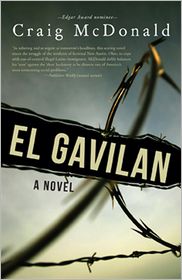 A crime novel that takes an unflinching look at the issues surrounding Mexican immigration in the US.
A crime novel that takes an unflinching look at the issues surrounding Mexican immigration in the US.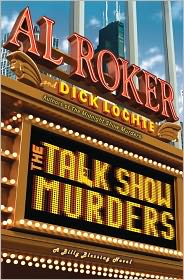 A third engaging performance from Al Roker and Dick Lochte in their series about sleuthing celebrity chef Billy Blessing.
A third engaging performance from Al Roker and Dick Lochte in their series about sleuthing celebrity chef Billy Blessing.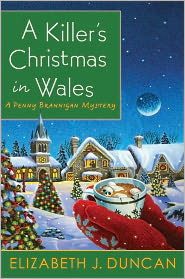 A Killer's Christmas in Wales gives off an air of enchantment and murder at Christmas.
A Killer's Christmas in Wales gives off an air of enchantment and murder at Christmas. It’s hard to believe that anyone interested in suspense, fantasy fiction, film, or television would be unfamiliar with the name Richard Matheson.
It’s hard to believe that anyone interested in suspense, fantasy fiction, film, or television would be unfamiliar with the name Richard Matheson. Dick Lochte for Mystery Scene: Why did you choose the writing profession?
Dick Lochte for Mystery Scene: Why did you choose the writing profession? Getting back to the sources for your ideas: I suppose you were out driving when you came up with Duel?
Getting back to the sources for your ideas: I suppose you were out driving when you came up with Duel? (Agnes Moorehead is a virtually silent, hard-bitten country woman whose shack is invaded by tiny space critters).
(Agnes Moorehead is a virtually silent, hard-bitten country woman whose shack is invaded by tiny space critters). The stories you’ve written—about vampires, haunted houses, a shrinking man, etc—have become standards of a sort. They’ve influenced so many filmmakers. George Romero, for example.
The stories you’ve written—about vampires, haunted houses, a shrinking man, etc—have become standards of a sort. They’ve influenced so many filmmakers. George Romero, for example.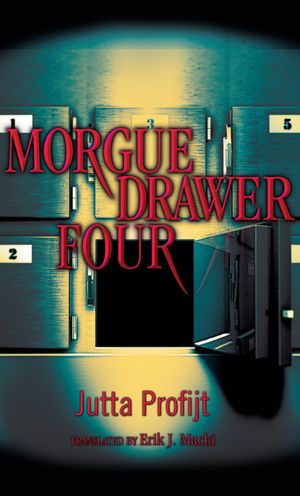 The odd-couple detecting duo of a coroner and a thief make a promising US debut in this award-nominated German series.
The odd-couple detecting duo of a coroner and a thief make a promising US debut in this award-nominated German series.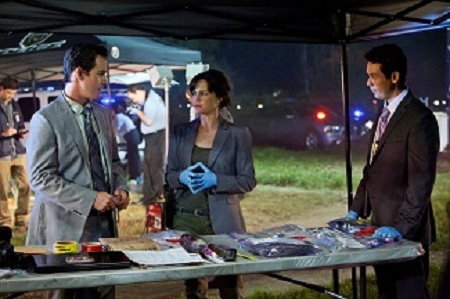
 And judging by the advance screenings, these are first-rate productions with good scripts. TNT also has landed some intriguing actors such as Dermot Mulroney, Anne Heche, Judd Hirsch, and Jane Alexander.
And judging by the advance screenings, these are first-rate productions with good scripts. TNT also has landed some intriguing actors such as Dermot Mulroney, Anne Heche, Judd Hirsch, and Jane Alexander.  April Smith's Good Morning, Killer airs at 9 pm, Dec. 13, starring Catherine Bell, Cole Hauser, William Devane, Titus Welliver and Suleka Mathew. (Loved that novel, too)
April Smith's Good Morning, Killer airs at 9 pm, Dec. 13, starring Catherine Bell, Cole Hauser, William Devane, Titus Welliver and Suleka Mathew. (Loved that novel, too)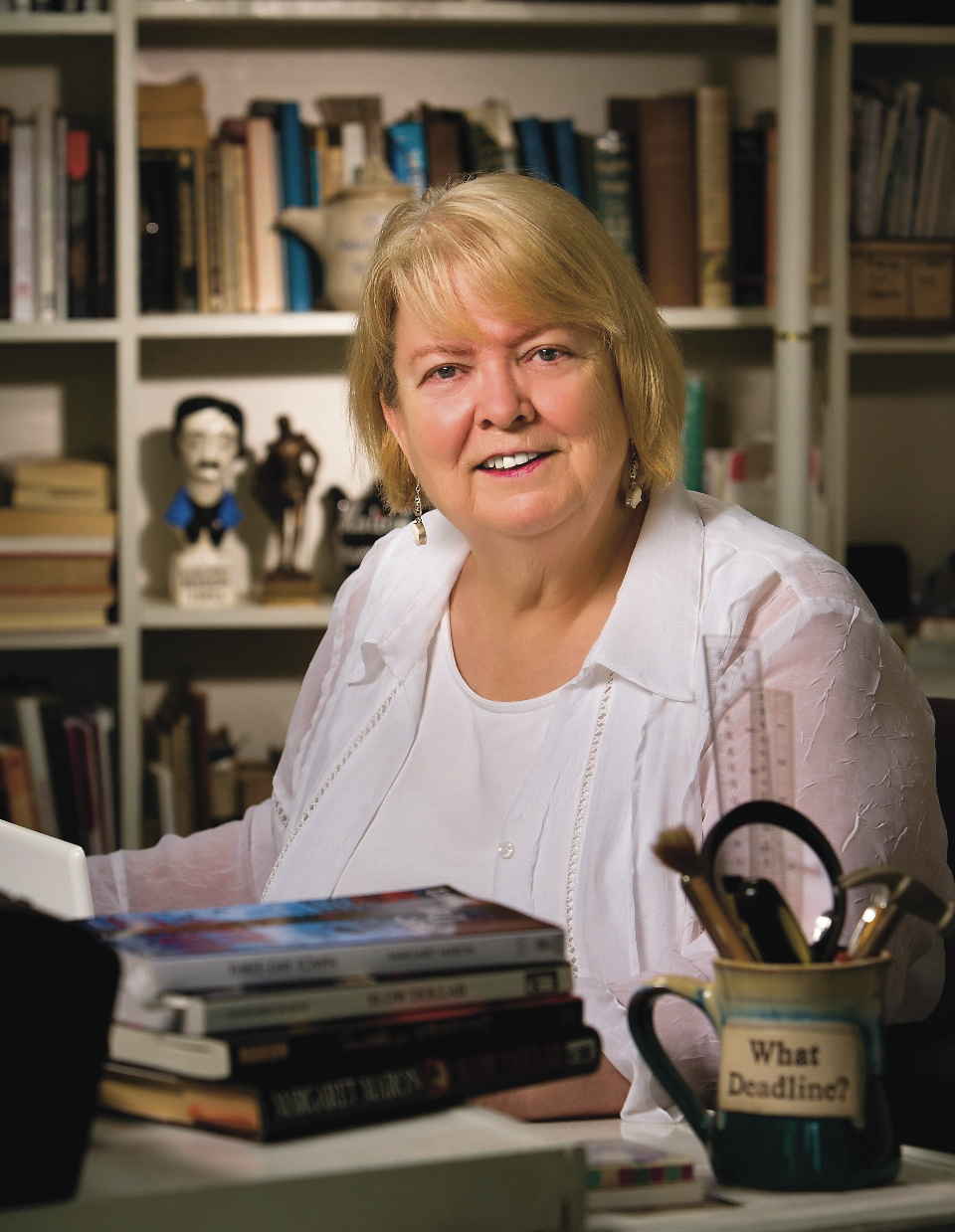 Margaret Maron's beloved series protagonists Judge Deborah Knott and Lt. Sigrid Harald meet at long last in Three-Day Town.
Margaret Maron's beloved series protagonists Judge Deborah Knott and Lt. Sigrid Harald meet at long last in Three-Day Town.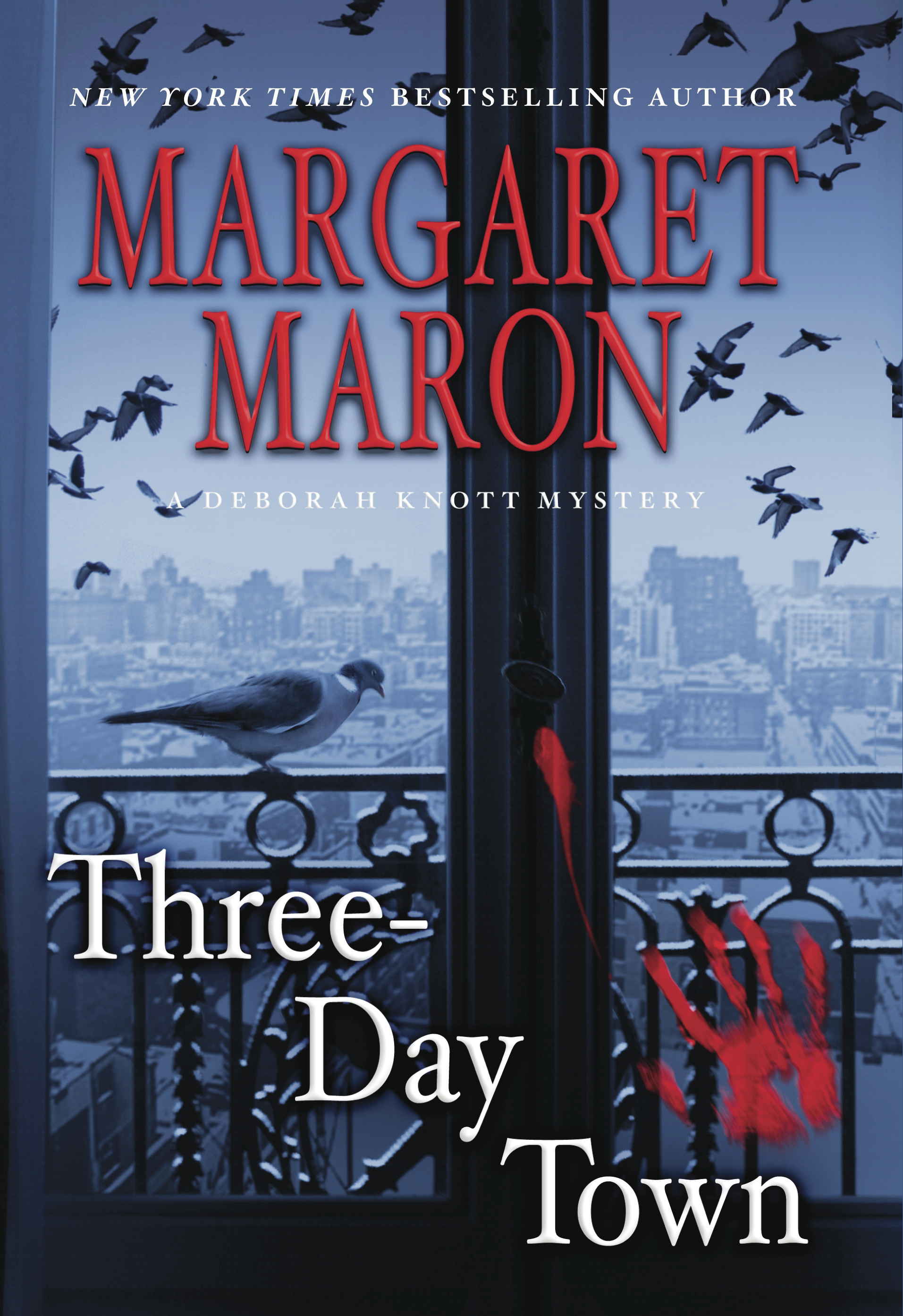
 Learning is a lifelong occupation. I don’t care how old you are or how many degrees you have, we never stop learning.
Learning is a lifelong occupation. I don’t care how old you are or how many degrees you have, we never stop learning. And you can learn in the very building in which Edgar Allen Poe wrote.
And you can learn in the very building in which Edgar Allen Poe wrote.
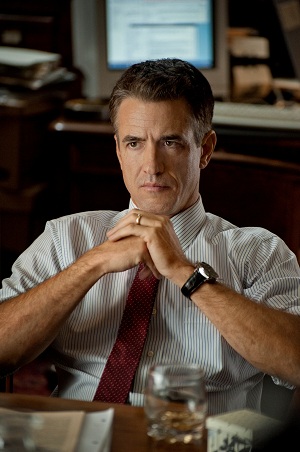 SILENT WITNESS
SILENT WITNESS Few mystery writers or readers would question the influence that Raymond Chandler, left, has had on the genre.
Few mystery writers or readers would question the influence that Raymond Chandler, left, has had on the genre.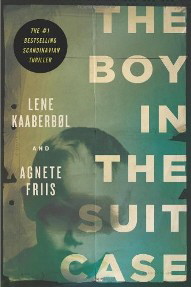 It's hardly news that interest in Scandinavian crime fiction has made an impact on American readers.
It's hardly news that interest in Scandinavian crime fiction has made an impact on American readers.  Stuart Neville's
Stuart Neville's 
 time. Again, mutual support came up.
time. Again, mutual support came up.  Back in 1990, Paul Levine made his debut with
Back in 1990, Paul Levine made his debut with 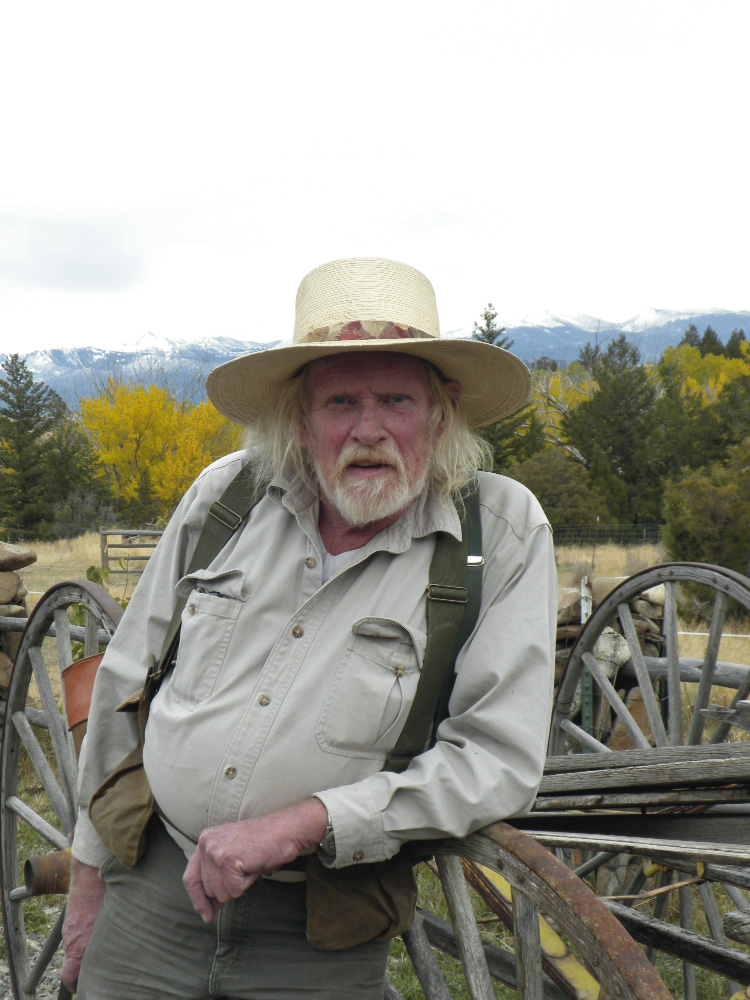
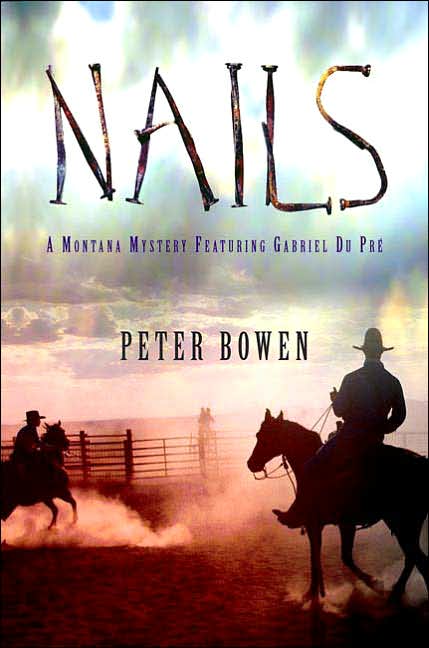
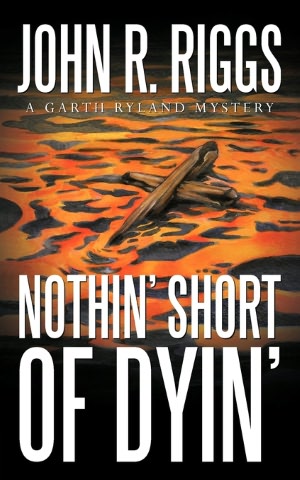
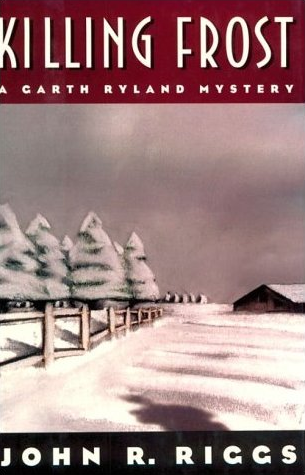
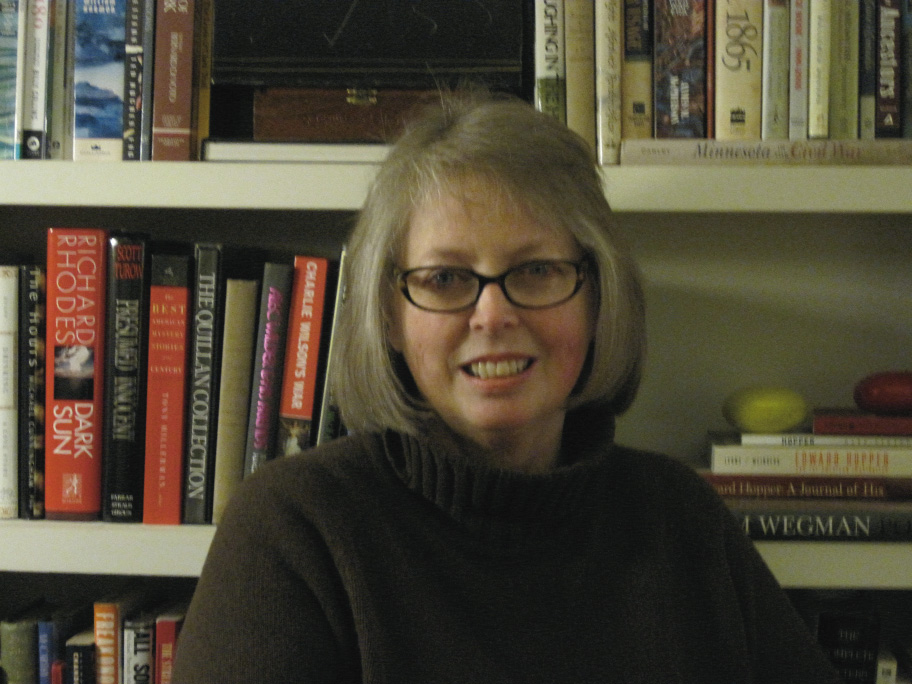 “My father was a psychopath,” says K.J. Erickson, writer of the acclaimed Marshall Bahr series, about a divorced homicide detective in Minneapolis.
“My father was a psychopath,” says K.J. Erickson, writer of the acclaimed Marshall Bahr series, about a divorced homicide detective in Minneapolis.
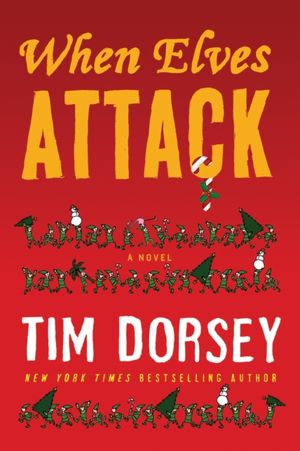
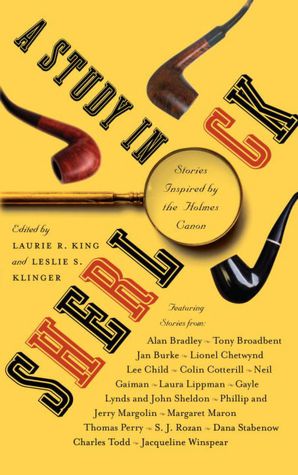
 In the late 1990s Douglas Whiteway wrote three mysteries in the Her Majesty Investigates series featuring the detecting duo of Jane Bee, royal housemaid, and Queen Elizabeth herself. He used the pseudonym C.C. Benison.
In the late 1990s Douglas Whiteway wrote three mysteries in the Her Majesty Investigates series featuring the detecting duo of Jane Bee, royal housemaid, and Queen Elizabeth herself. He used the pseudonym C.C. Benison.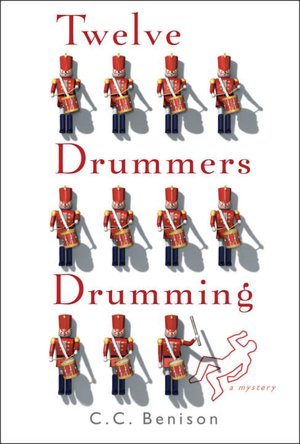
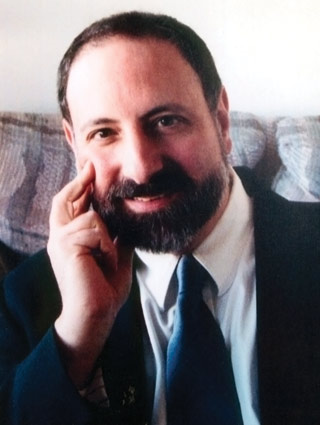 In Fever Dream, the second in my series of crime thrillers featuring psychologist and trauma expert Daniel Rinaldi, my hero makes use of psychiatric diagnoses when dealing with patients. Yet he also expresses misgivings, as he did in the first novel, about the legitimacy of these clinical terms.
In Fever Dream, the second in my series of crime thrillers featuring psychologist and trauma expert Daniel Rinaldi, my hero makes use of psychiatric diagnoses when dealing with patients. Yet he also expresses misgivings, as he did in the first novel, about the legitimacy of these clinical terms.

